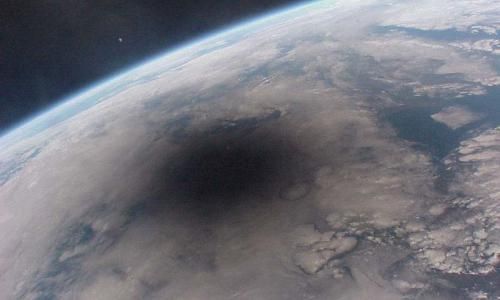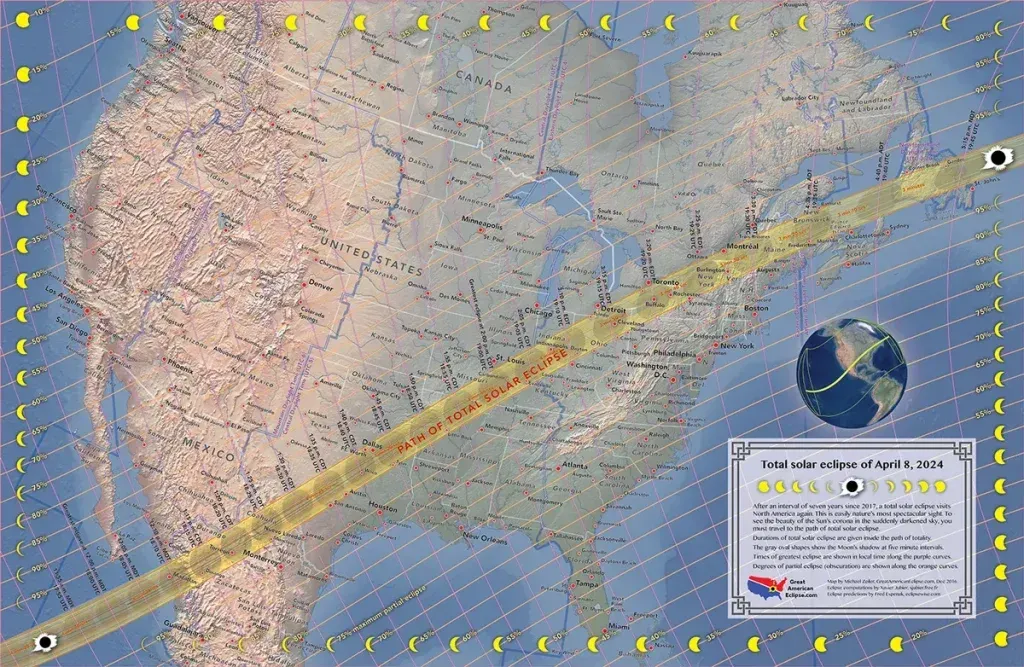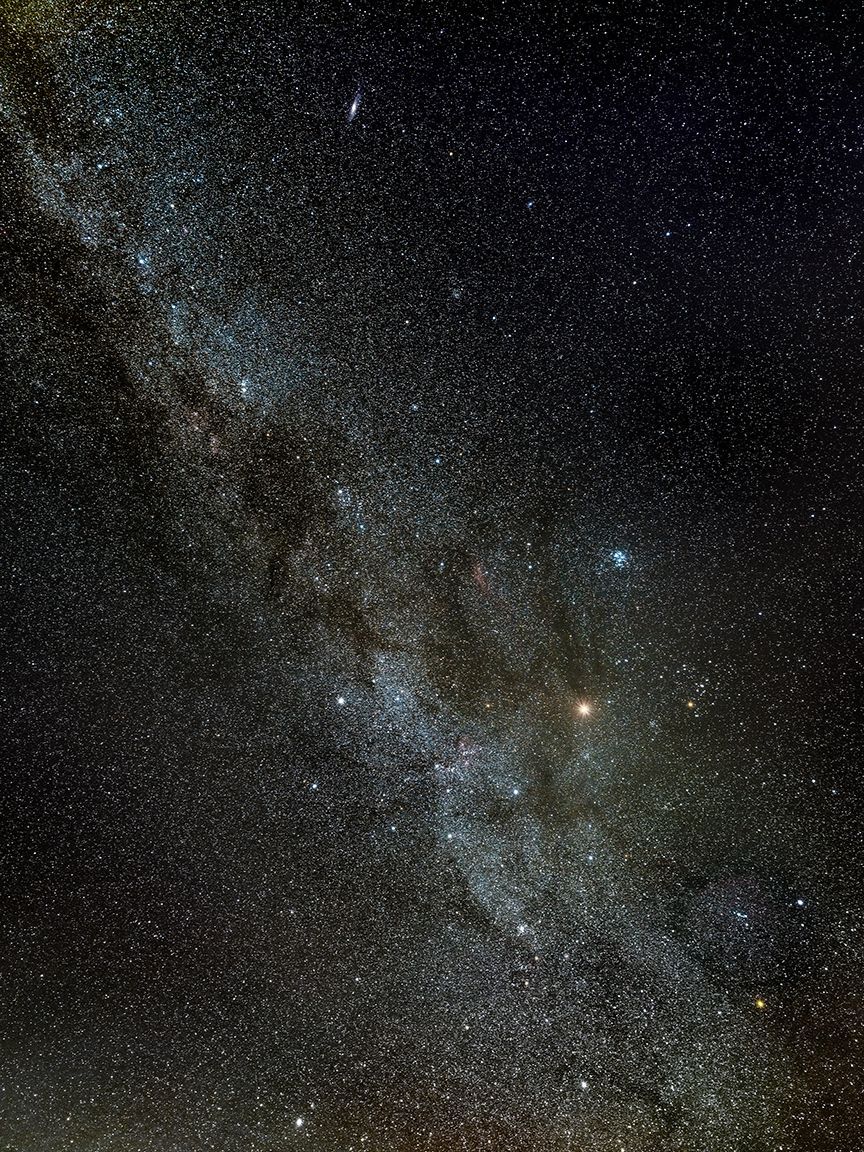Eclipse Presentation, Stargazing & Campout
March 16 | 2024
Presentation 7pm | Stargazing as long as you like
Camping (free) by reservation here
Six years, seven months and 18 days will have passed between the last total solar eclipse in the United States (on August 21st, 2017) and the upcoming total solar eclipse on April 8th, 2024. For anyone who has not experienced this celestial alignment, or wants to brush up on their knowledge, this is for you! Plan to join Kansas Astronomical Observers Outreach Coordinator and NASA Partner Eclipse Ambassador Jerelyn Ramirez at Volland for a fun and informing presentation that will include information about the eclipse, stargazing at Volland, and camping out under the stars in the Flint Hills.

Jerelyn will prepare you to view the eclipse safely and fully informed. The evening will start with a presentation at 7pm in Volland’s gallery. Jerelyn will speak on the science behind this special alignment and what to expect in April. After the presentation, which will last around an hour, Jerelyn will offer official eclipse viewing glasses for $1.

Weather permitting, Jerelyn will begin a night of stargazing with her telescopes. This is a rare opportunity to have a professional guide you through the night sky.You may stay as long as you like, even into the early morning hours, and Volland is inviting you to bring camping gear or a vehicle to setup. There is no fee for camping, but a reservation is required. The following morning campers will be treated to coffee and pastries from the Alma Bakery!

Join us for an extraordinary event in Volland’s official Dark Zone.
Notes from Jerelyn:
We can start with viewing the near First Quarter Moon in Taurus in the evening twilight. It will be bright dominating the sky till it sets at 3:28 AM. There are many cool things to see on the moon through a telescope. As the angle of the Sun goes further below the horizon leaving only the Moon to illuminate the night sky, we will be able to tour through the constellations with the brightest naked eye stars available. This is the season of the better known and recognizable constellations at this time of year such as Orion and some of his friends. There are also some beautiful hidden treasures between those constellations we can share through the telescopes.
There is a slim chance to catch Mercury as it chases the Sun below the horizon. Mercury is a bit elusive because of its close orbit around the Sun and will set about an hour behind the Sun. Jupiter will be in the western sky just 2 hours from setting behind Mercury.
We can observe until the last man is standing. Any amateur astronomer such as myself has been known to stay up all night. The best observing begins after 3:30 AM when the Moon sets where the faintest of objects within the Milky Way and beyond are more detectable with our dark-adapted eyes if anyone dares to outlast an astronomer.


